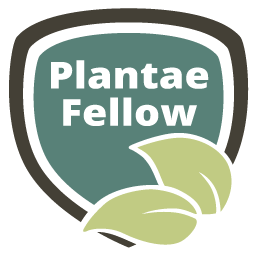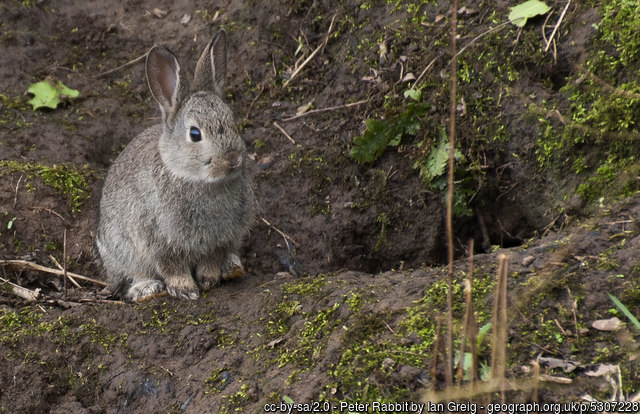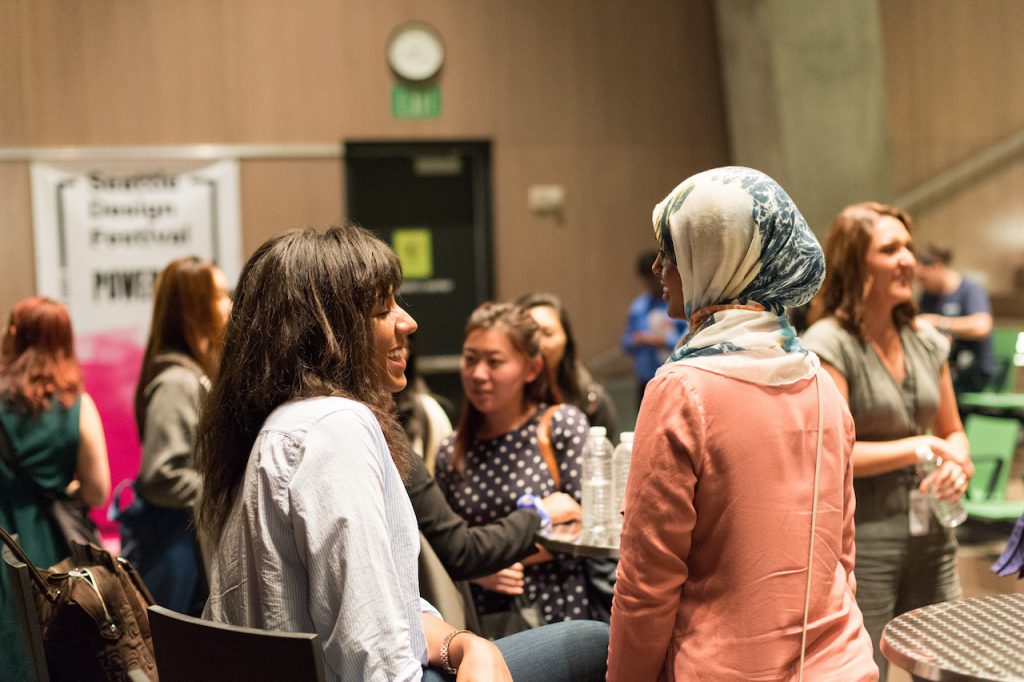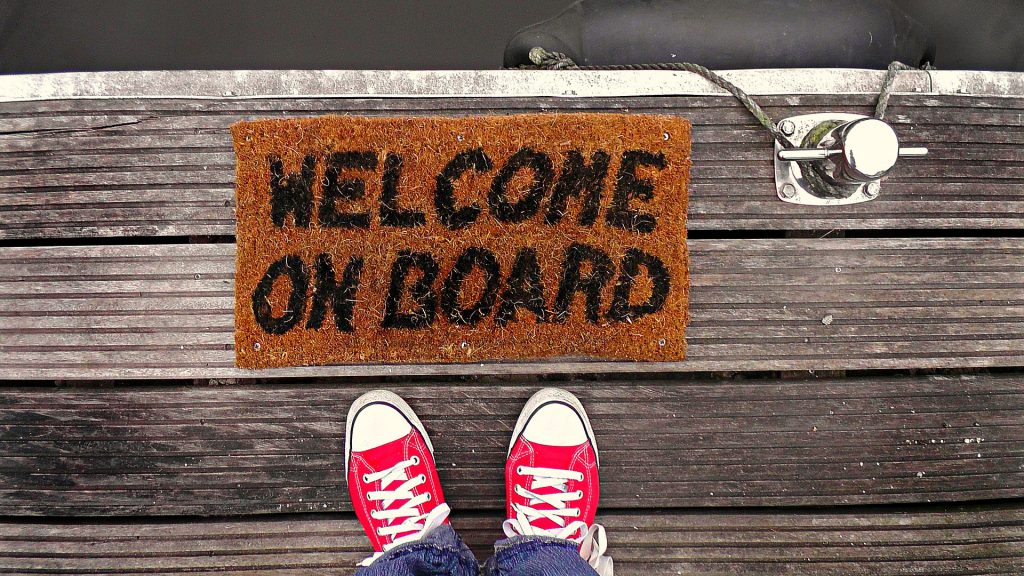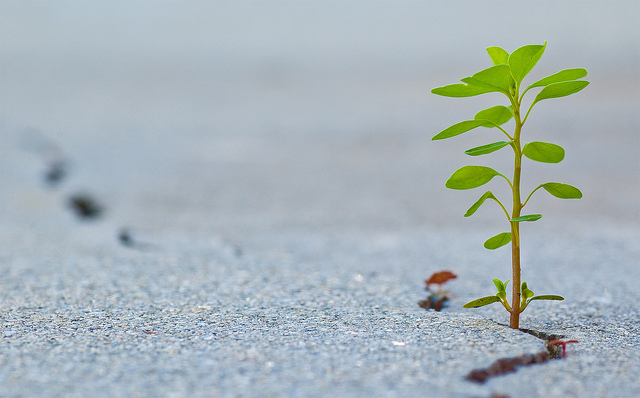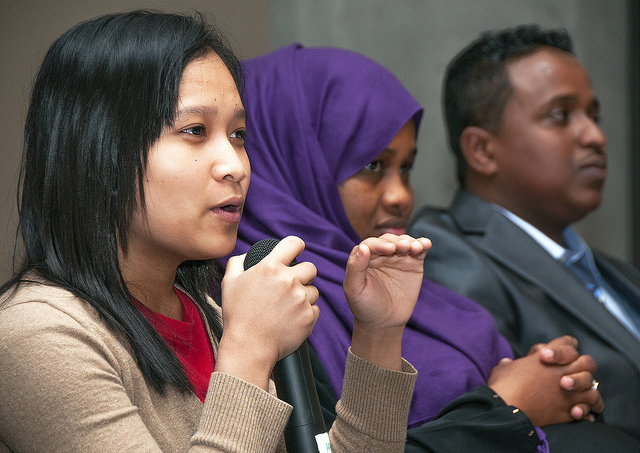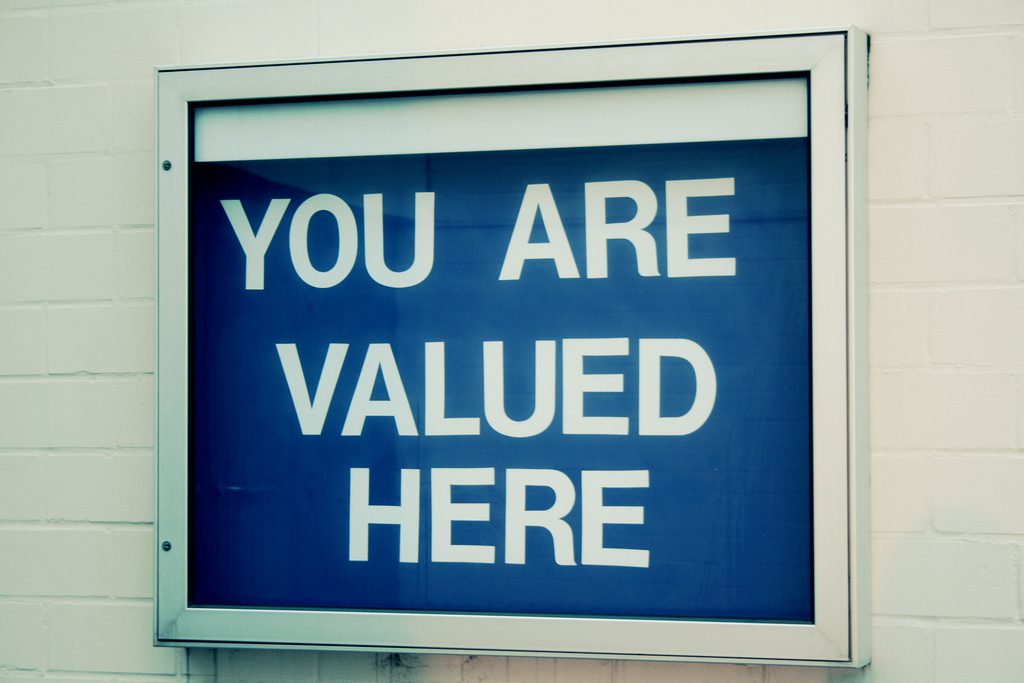Today we continue our series of regular posts on the Trellis blog for science community managers interested in diversity, equity and inclusion. This installment was authored by Marsha Lucas, Society for Developmental Biology, Melissa Varga, UCS Science Network Community Manager and Partnerships Coordinator, and Josh Knackert, UW-Madison Neuroscience Training Program. Additional series coordinators are Jennifer Davison, Urban@UW, University of Washington, and Rosanna Volchok, The New York Academy of Sciences. You can find all of the posts in the series here.
For the scientific community manager who values diversity, equity, and inclusion, seeking out diverse content and diverse content creators is of utmost importance. Your content strategy, whether for written (e.g., blog posts, discussion threads), visual (e.g., videos, social media posts), or in-person gatherings (e.g., journal clubs, conferences), is an expression of what your community values.

Image Credit: https://pixabay.com/en/microphone-performance-stage-2574511/
Here are five tips for broadening your community content.
Continue reading “Curating diverse content that represents your community”